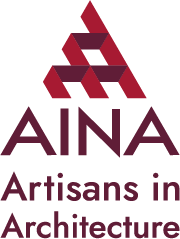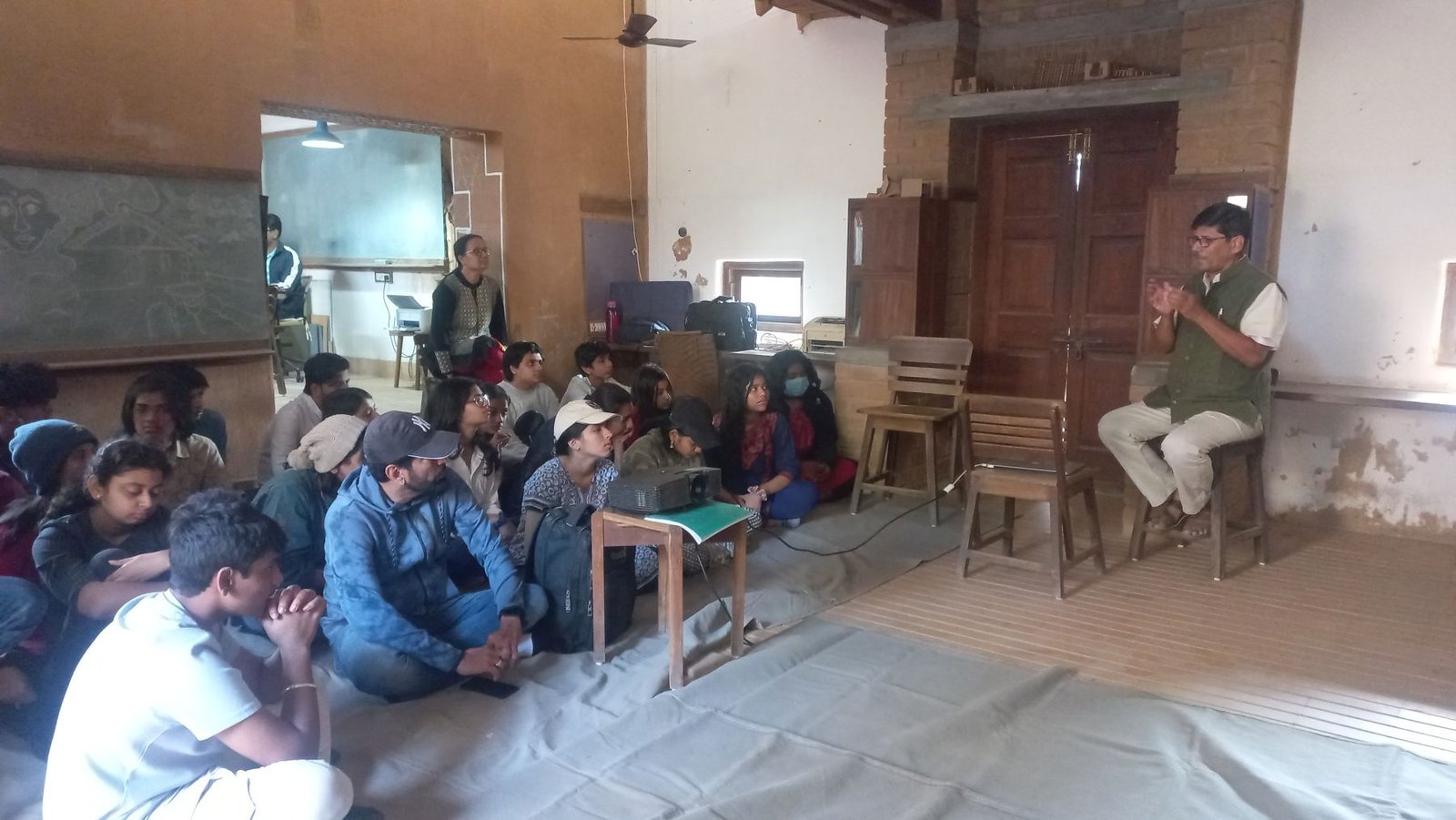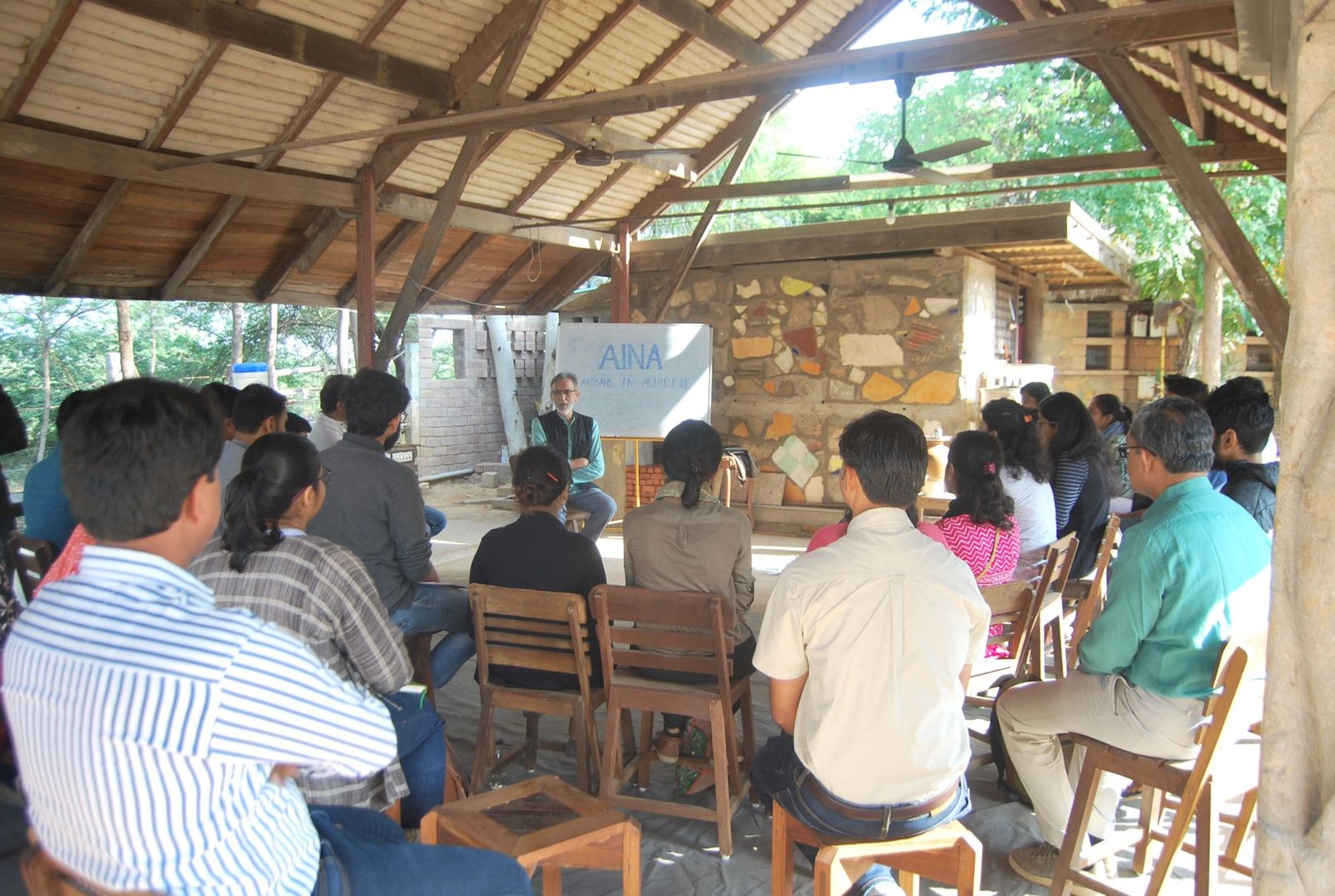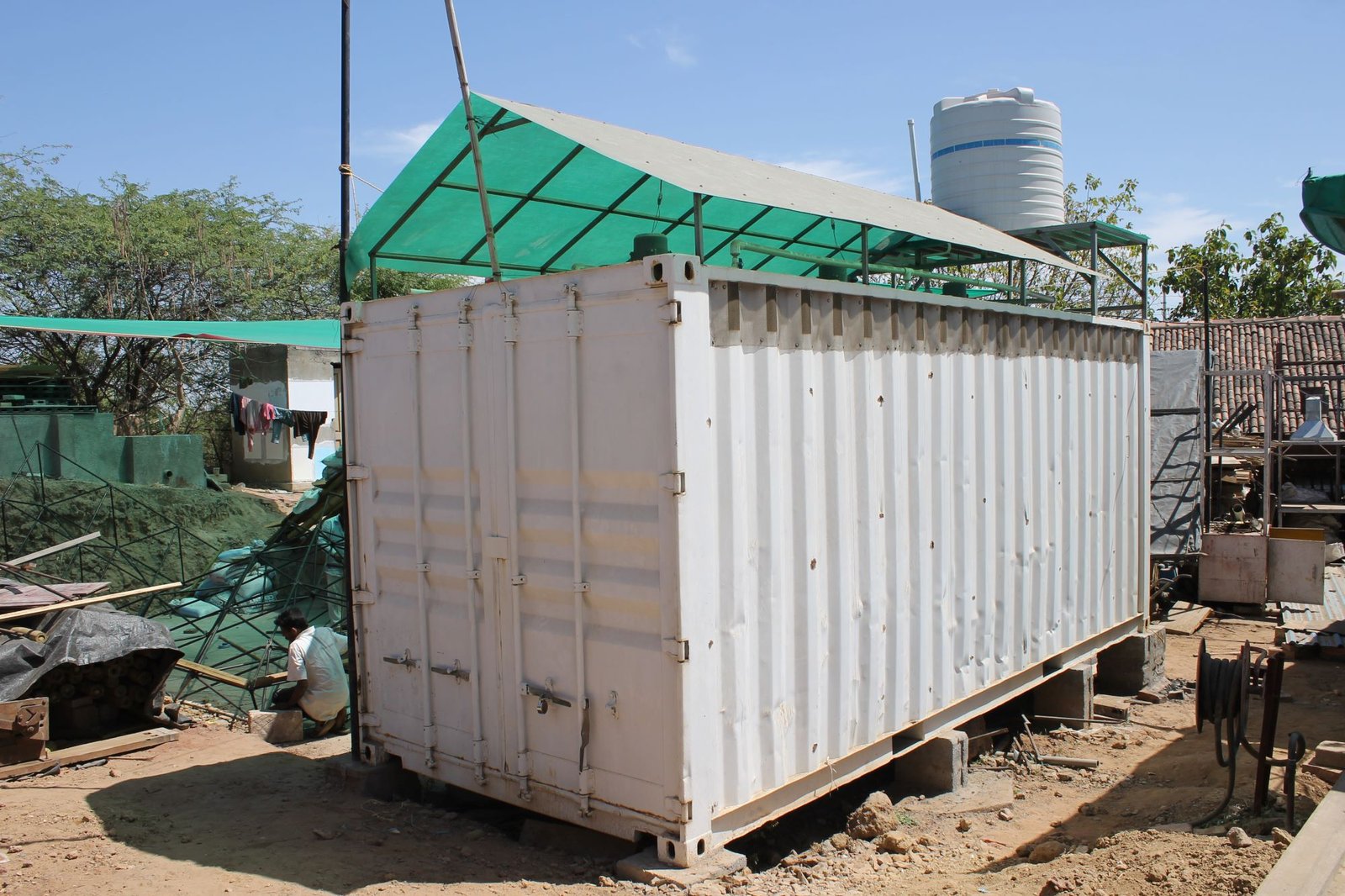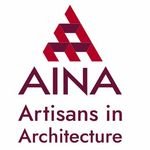
The devastating tsunami that took place on 26th December 2004, claimed around 2,88,000 lives highly affecting countries like Indonesia, Sri Lanka, India, Thailand, Somalia, Malaysia, and Maldives. The houses, livelihood, civic amenities and infrastructure were also badly damaged. Responding to a request from Misserior and Janvikas, a team from Kutch Nav Nirman Abhiyan and Hunnarshala visited Indonesia in January 2005 to assess the affected areas and suggest an approach for rehabilitation. Hunnarshala provided continuous support for the rehabilitation activities to Urban Poor Consortium (UPC / Uplink), a Jakarta-based group of NGOs, working in Aceh.






Rehabilitation Process
For Uplink and Hunnarshala to be able to help further it was important to understand the community, their land and their aspirations. In many places the land itself had become water and boundaries had completely blurred. Land records in Indonesia were not maintained properly, so base maps were not available for mapping out these coastal villages. A unique participatory mapping technology was designed, in which the total station survey (TSS) was combined with the accurate knowledge of land titles by the people. The villagers made their own base maps according to their requirements. According to their requirements, houses were designed for them.
Pre-tsunami land-use maps became served as the foundation for developing redevelopment plans for each village. The following factors were planned in collaboration with the village communities:
- Village infrastructure (roads, sewerage, electricity)
- Community spaces like schools, monassah (community hall), shops, dispensaries etc
- Significant sites like historical monuments, boatyards
- Housing layout
- Disaster preparedness
- Vegetation

Different villages were asked to prepare their own house designs and submit them to Uplink. Two basic designs were used – Stilt house (an adaptation of the traditional Achanese house) and Ground house. Four typologies of each design were developed to cater to the needs and interests of the house owners, who could choose from the suggested designs for their homes. Each house was then modified based on site specifications and the owner’s requirements.
Construction workshops were established for steel, wood, and earthworks. Training was imparted to the entrepreneurs on alternative earth technology, helping them increase their efficiency. Hunnarshala transferred the technology and trained them to produce mud-blocks. A steel workshop was established for the prefabricating bands and columns, speeding up the process and enhancing seismic safety. An entrepreneur in a village called Lamiseck was encouraged to set up a wood workshop to produce door and window frames by recycling salvaged materials available in the markets.
